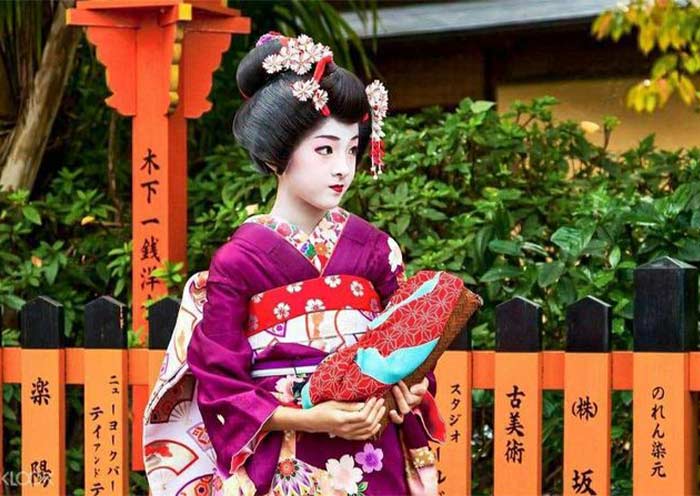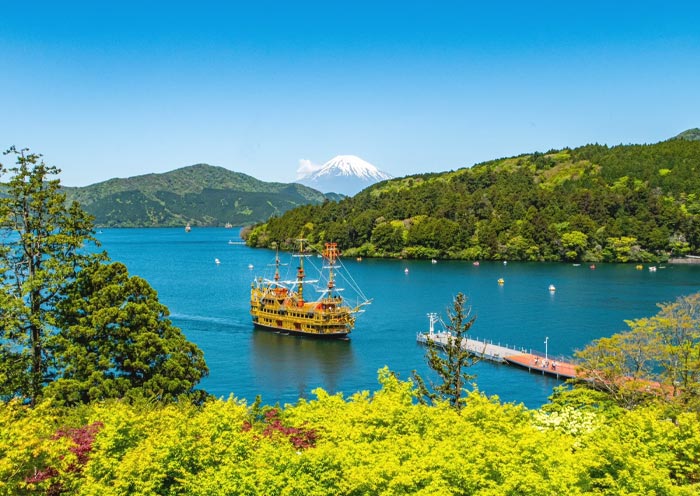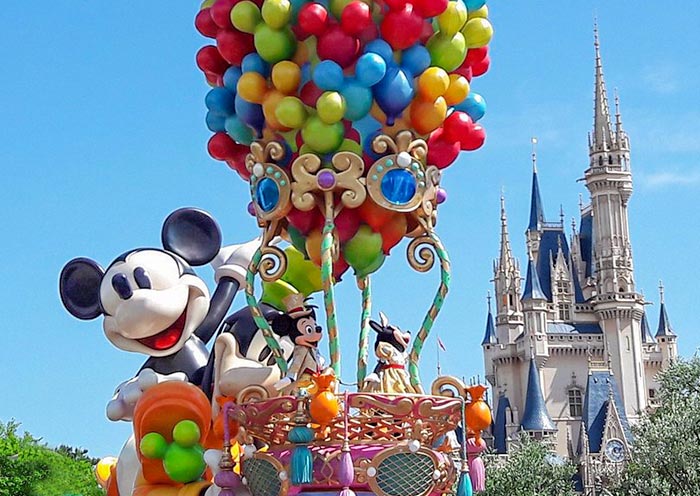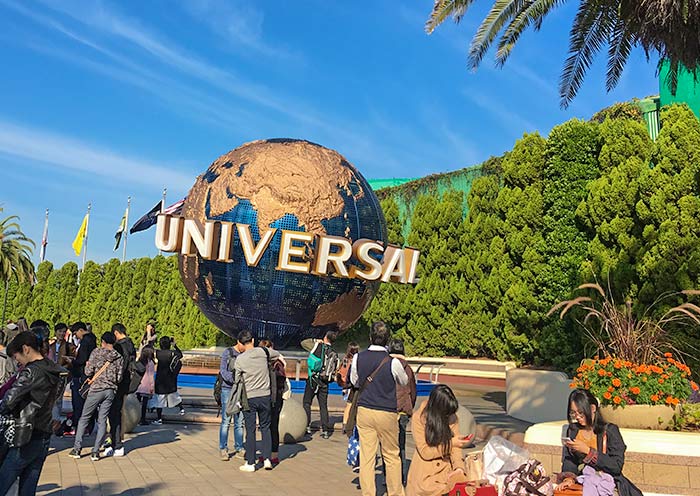Temples vs. Shrines: What's the Difference?

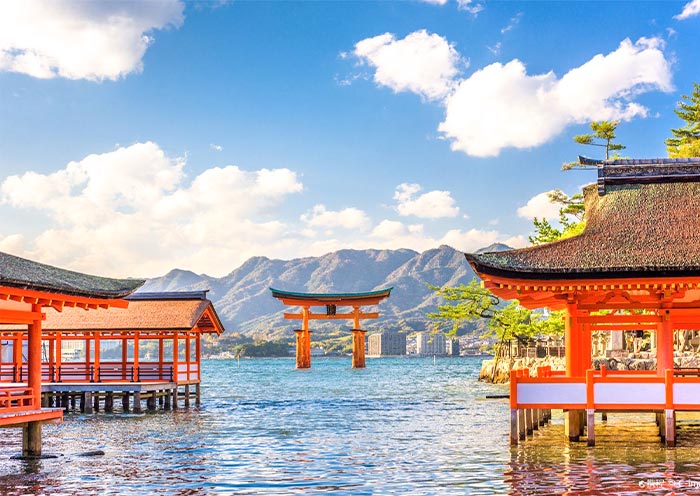
Kyoto's temples and shrines are both huge draws for tourists. But knowing the difference can make your trip even more fun!
Shrines are like Japan's original houses of worship. They're all about nature and spirits. Look for those bright red gates - that's your clue! Places like Fushimi Inari and Yasaka Shrine are great examples.
Temples are more about Buddhism and finding your inner peace. They're often quieter and have beautiful gardens. Kiyomizu-dera and Ryoan-ji are two famous ones.
16 Famous Temples in Japan | Japanese Temples & Shrines (Ultimate Guide)
Kyoto Temples Map - Top Kyoto Temples & Shrines on Map

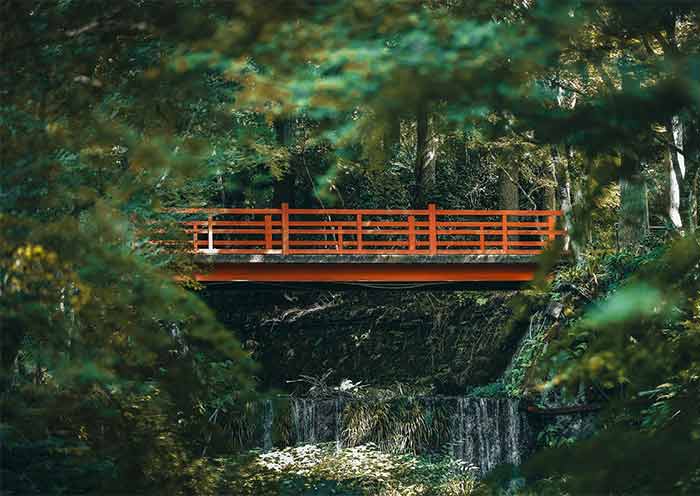
No.1 Kiyomizu-Dera Temple - The Iconic Temple of Kyoto
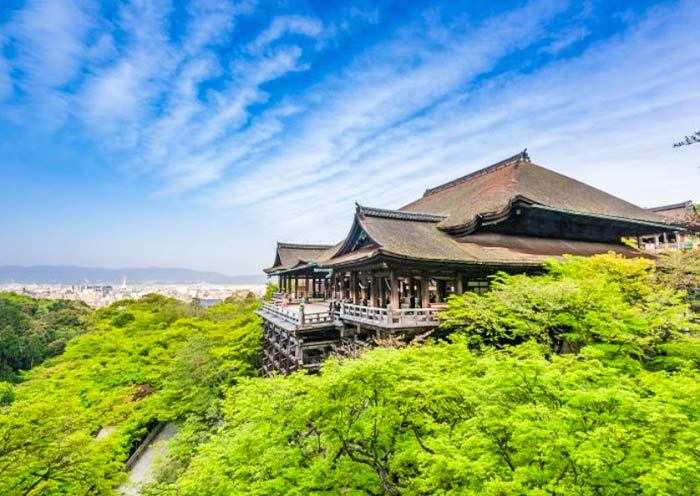

Kiyomizu-Dera Temple is perhaps the most famous temple in Kyoto. It attracts everyone who visits - devout worshippers come to pray, young people seek love and happiness here, and tourists are eager for a great sightseeing spot. Even children find it very interesting.
The temple grounds are dotted with highlights that can be considered national treasures. The Kiyomizudera stage is a wooden veranda, perched on a steep hill, offering breathtaking views over Kyoto. This is an excellent spot to witness the sunset, which explains the temple's romantic atmosphere. Behind the stage, the main hall houses a precious statue of the Goddess of Mercy, Kannon.
Could you visit the Otowa Waterfall, where the temple's name 'Kiyomizu' or 'pure water' comes from? The waterfall splits into three separate streams, each offering blessings of wisdom, beauty, or longevity. But remember, drink from only one to make your wish more likely to come true!
Kiyomizu-dera truly shines during the cherry blossom season in early spring, the vibrant autumn leaves season in November, and the magical lantern-lit nights during the Obon festival in August.
No.2 Fushimi Inari Taisha - Japan's Most Famous Shrine with Thousands of Torii Gates


Chances are, you've seen countless photos of Fushimi Inari-taisha, even if you haven't been to Japan. This iconic Kyoto shrine, famous for its thousands of vibrant orange torii gates, is arguably one of the most photographed places in the entire country.
Located in southern Kyoto, Fushimi Inari-taisha is the head shrine of about 40,000 Inari shrines across Japan. Dedicated to Inari, the Shinto god of rice and sake, the shrine has stood since before Kyoto became the capital in 794. Today, people come from far and wide to seek blessings for prosperity and good fortune.
But the over 5,000 orange torii gates truly steal the show. Donated by individuals and businesses seeking blessings, these gates create a mesmerizing tunnel that winds up Mount Inari. While the climb can be a bit strenuous, the reward is well worth it: breathtaking panoramic views of Kyoto and a sense of tranquility that's hard to beat. Keep an eye out for the adorable fox statues along the way – they're messengers of the Inari deity and symbols of good luck.
Tip: If you want to capture a photo with fewer people, try walking further up the trail.
Visiting Fushimi Inari Taisha:
A round trip to the summit takes about 2-3 hours, but visitors can choose to walk as far as they like. Many people opt to hike to the Yotsutsuji crossroads, which is about a 45-minute climb. From here, you can enjoy stunning views of Kyoto and take a break.
No.3 Kinkakuji Temple (Golden Pavilion) Kyoto's Most Eye-Catching Temple
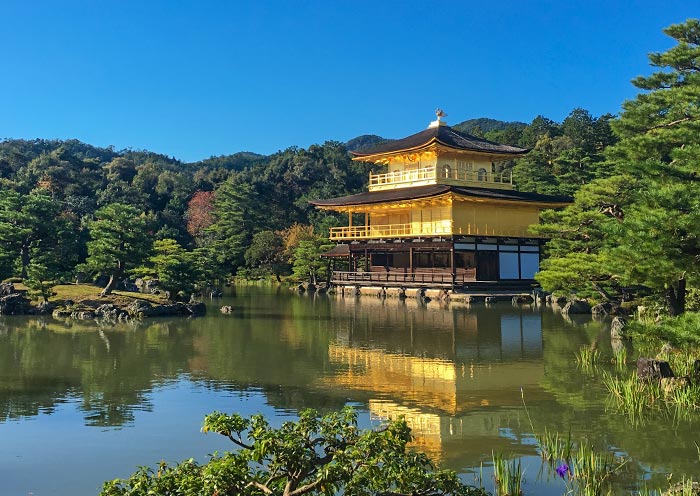
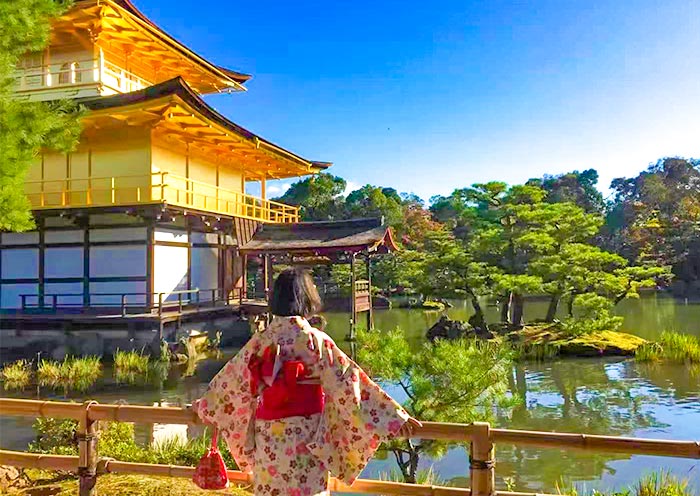
There's perhaps no more eye-catching sight of Kyoto than Kinkaku-ji, the Golden Pavilion. This resplendent temple, with its top two stories entirely covered in gold leaf, stands majestically on a small island in a pond surrounded by meticulously landscaped gardens.
Officially known as Rokuon-ji, Kinkaku-ji is one of Kyoto's 17 UNESCO World Heritage Sites. Its name, Golden Pavilion, comes from its central building, the Kinkaku, which is entirely covered in gold leaf. Originally built as a villa for the shogun Ashikaga Yoshimitsu in the 14th century, the property was later converted into a Zen temple according to his wishes.
Today, this gilded temple, its serene pond, and its unique blend of aristocratic, samurai, and Buddhist cultures make it one of Kyoto's most visited attractions.
Visit Kinkakuji Temple (Golden Pavilion):
You can see Kinkaku-ji's key sights in about 1 hour. Stroll the lakeside path, explore the gardens, and visit the souvenir shop. While crowds are common, arrive early, late, or on a Monday to avoid the busiest times. The rope barriers around the pond offer great photo spots without other tourists. Unfortunately, the interior of the Golden Pavilion is off-limits, but the exterior views are still well worth the visit.
No.4 Yasaka Shrine Gion Matsuri Festival & Pray for Beauty
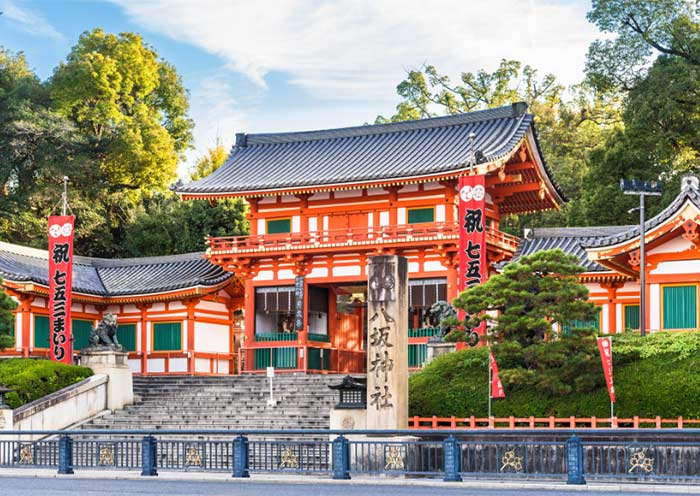

Yasaka Shrine is the head shrine of ca. 3,000 shrines dedicated to the same deity throughout Japan. Also known as Gion Shrine due to its location near the Gion district, it stands as one of Kyoto's oldest and most revered shrines.
Yasaka Shrine is most famous for being the epicenter of Gion Matsuri, one of Japan's three grandest festivals. Dating back over a thousand years, this annual event in July is a vibrant celebration that showcases Kyoto's rich cultural heritage. The shrine is adorned with festive decorations and towering floats, transporting visitors back in time.
Yasaka Shrine is dedicated to Susanoo-no-Mikoto, a powerful deity in Japanese mythology. Many young women visit the shrine to pray for beauty, both physical and spiritual. They seek blessings for flawless skin, lustrous hair, and a pure heart.
How to Pray for Beauty at Yasaka Shrine:
Beauty Water: Collect a few drops of water from the fountain and gently pat it on your face. A little goes a long way, and remember, it's not meant to be drunk.
Offer Prayers: At the Bikū-gozen shrine, toss a few coins into the offering box, ring the bell, bow twice, clap twice, and bow once more.
Write Your Wishes: Write your beauty wishes on a wooden plaque and hang it on the rack near the torii gate.
No.5 Ryoan-ji Temple - One of The Finest Examples of Dry Landscape Gardens
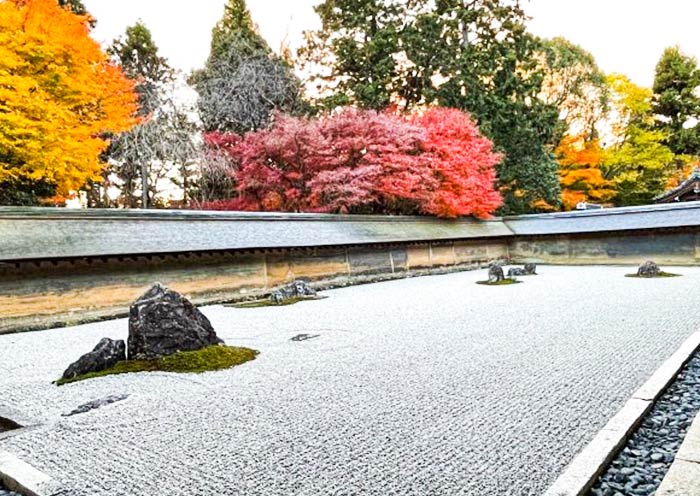

Ryoan-ji Temple is home to one of the most iconic Zen rock gardens of Japan. In fact, its name has become synonymous with Japanese rock gardens around the world. Unlike traditional gardens filled with plants and water, Japanese rock gardens, or kare sansui, use rocks and white gravel to create serene landscapes. The fine white gravel can represent flowing elements such as oceans, lakes, waterfalls, or rivers, while the rocks symbolize islands, mountains, or coastlines.
Ryoan-ji's rock garden is like a puzzle that no one can solve. It's a super calming place with white sand and a bunch of rocks arranged in a really cool way. People have been trying to figure out what it all means for centuries, but there's no right answer. It's just a place to chill out and think.
The best part is that you can't see all the rocks at once, no matter where you stand. It's like a little mystery. If you go early in the morning, it's really peaceful and you can just sit and think.
No.6 Tofukuji Temple - Temple with Spectacular Autumn Leaves

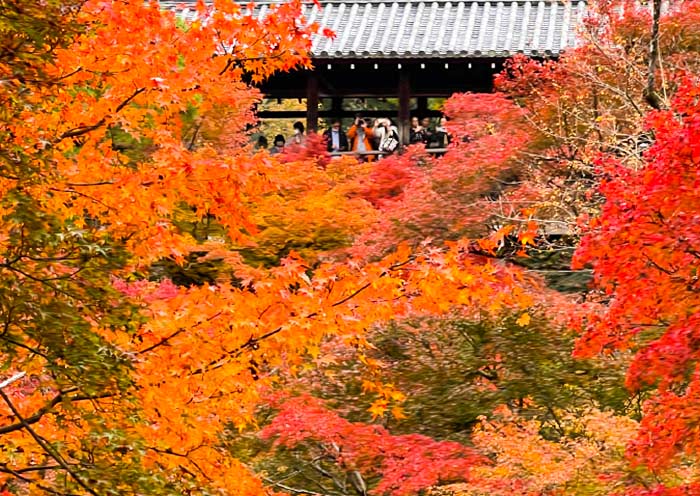
Time to dive a little deeper. Tofuku-ji is where it's at! This place is like a secret garden in the southeastern of Kyoto, not far from Fushimi Inari-taisha Shrine. Founded in 1236, it's one of Kyoto's most important Zen temples and houses 25 sub-temples.
The best time to go is in the fall when the leaves change. The colors are insane! There's this bridge called Tsutenkyo crosses a shallow valley lined with maple trees, making you feel like you're walking on a carpet of colorful leaves or floating on a cloud.
But don't just come for the fall colors. The temple's three-story Sanmon gate, or "Gate of Enlightenment," is the largest and oldest of its kind in Japan. It's a national treasure and a must-see.
And the gardens? There's one with a bunch of rocks arranged in a Zen way, another with moss and crazy patterns, and a couple more that are just plain beautiful.
No.7 Saihoji Temple (Kokedera) - Kyoto's Mossy Magic
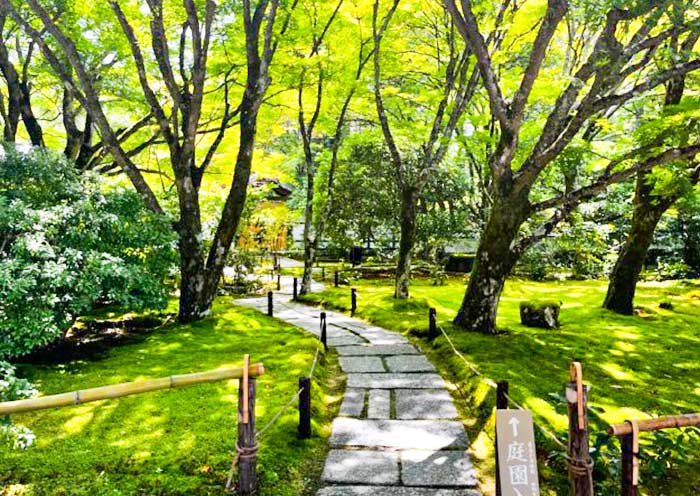
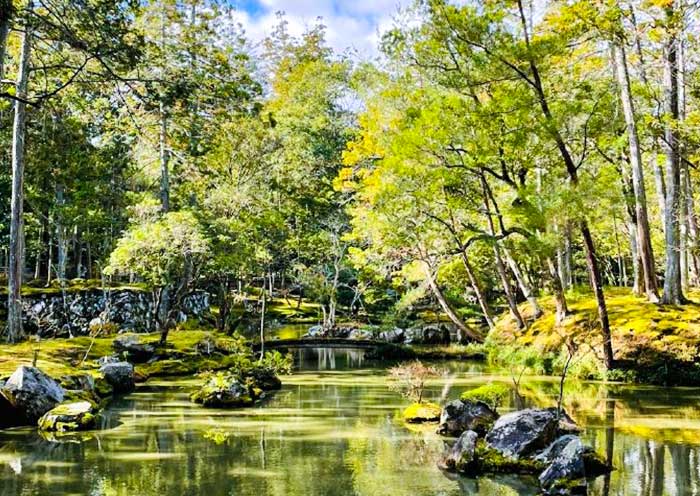
Saihoji Temple (Kokedera), also known as the Moss Temple, is often considered one of the most beautiful temple gardens in Kyoto. It's like stepping into a fairytale. It's such an unreal place that you'll question whether you've actually left Kyoto. The entire temple is covered in this crazy, lush carpet of moss. They say there are around 120 different types!
Visiting this garden is a multi-sensory experience - it's not just about sightseeing. Before you can even see the garden, you'll need to copy a sutra. It's a fun little activity - they give you a brush and you'll write a portion of the Heart Sutra. Even if you know nothing about Japanese calligraphy or Buddhism, it's easy enough. The whole thing takes about 1 hour.
After that, you're free to explore the garden at your own pace. From the upper rock garden to the Japanese garden surrounding a heart-shaped pond, you'll love this peaceful place where you can just relax and listen to the wind through the trees.
Do you need to make a reservation to visit Saiho-ji (Kokedera)?
Yes, to protect the delicate moss from too many visitors, the temple has a strict entry policy. You must make a reservation in advance. It's a bit of a hassle, but totally worth it. Need help? Contact us now.
No.8 Shimogamo Shrine - Kyoto's Oldest Shinto Shrine

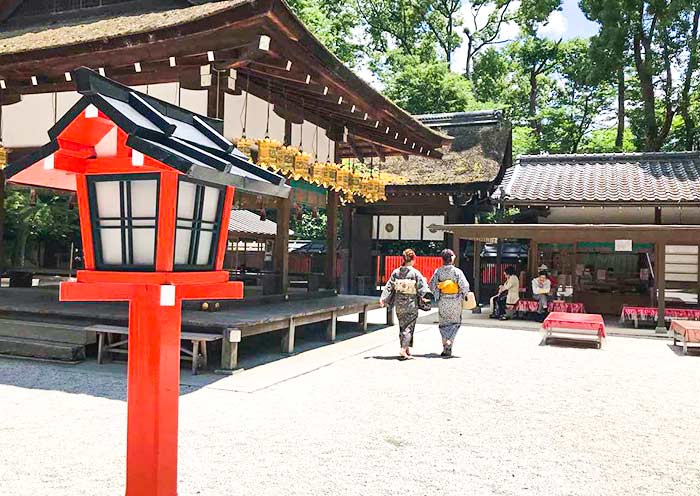
Shimogamo Shrine is not your average tourist spot. This place is steeped in history, dating back to the 6th century. It's one of Kyoto's oldest and most revered shrines, and it's part of a pair with Kamigamo Shrine that's believed to protect the city from evil.
The path leading to the shrine is called Tadukino Mori, or "Forest of Truth." Some of the trees here are over 600 years old! Legend has it that this forest can expose lies, making it a great place to settle disputes.
Every year on May 15th, the shrine hosts the Aoi Matsuri, one of Kyoto's three grand festivals. It's a colorful parade featuring people dressed in ancient court attire, and it's a sight to behold.
Which Shrines to Explore at Shimogamo Shrine?
Unlike most shrines with a single place for prayer, Shimogamo has several shrines, each with its own special purpose.
Mitarai Shrine: Located at the end of a small lake, people wash their feet in the Mitarai Pond to cleanse themselves of sins and diseases, and to ensure a safe birth.
Kawai Shrine: This is the place to go if you're looking to improve your beauty. People buy mirror-shaped offerings and draw their portraits on them to seek inner and outer beauty.
Aiso Shrine: For those seeking marital bliss, this is the shrine to visit.
Edo Branch Shrine (Zodiac Shrine): With seven shrines dedicated to each zodiac animal, you can pray to your sign for good fortune and prosperity.
No.9 Tenryuji Temple - Kyoto's Most Scenic Mountain Temple


Tenryuji Temple is a huge Zen temple nestled in the heart of Arashiyama, Kyoto. Once considered the top Zen temple in all of Kyoto, it's now a UNESCO World Heritage Site. What really draws people in is its incredible Zen garden. This garden is a prime example of shakkei, a Japanese landscaping technique that borrows the natural surroundings, like the steep mountains of Arashiyama, as part of the garden's design.
Inside the temple, you'll find some pretty cool stuff like a famous cloud dragon painting on the ceiling and a statue of Bodhidharma (Daruma) to greet you. After exploring the garden and temple, head out the north gate and take a quick left. You'll be right in the middle of Arashiyama's famous bamboo grove!
How to Get to Tenryuji Temple:
Tenryuji is super easy to get to. It's right on the main road in Arashiyama, just a short walk from the main bus stop (Tenryuji-mae) and the Arashiyama Station on the Keifuku Line. Getting there from downtown Kyoto takes about 30 minutes.
No. 10 Kifune Shrine - Famous for its Kawadoko Dining
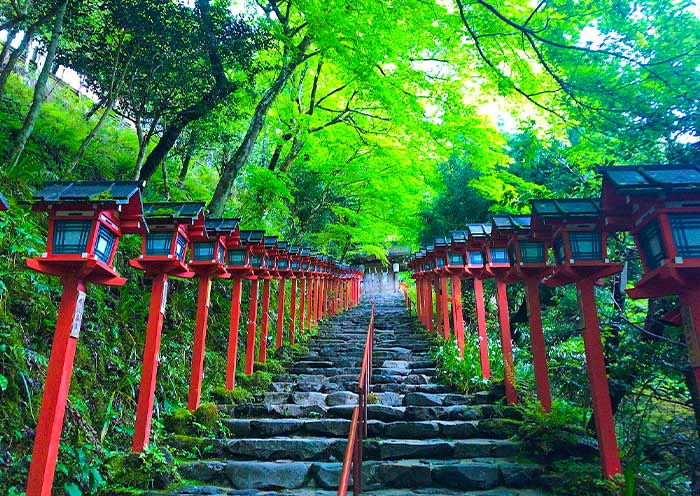
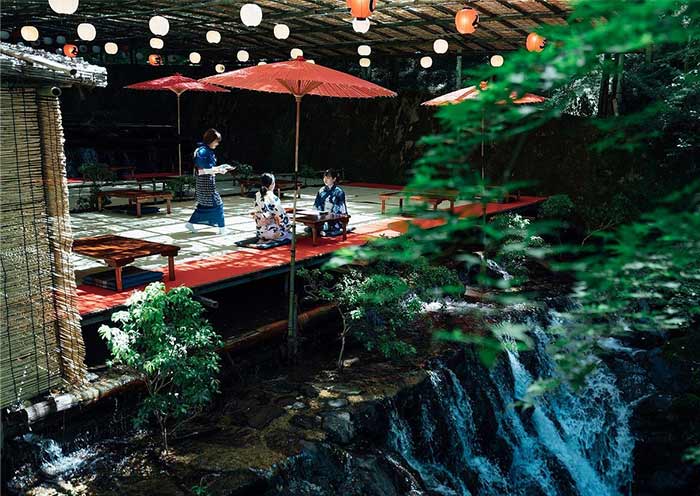
If you've seen photos of Kyoto, chances are you've stumbled upon images of Kifune Shrine. It's that iconic spot with the red lanterns hanging over stone steps, leading up to a shrine nestled under a canopy of maple trees.
Dedicated to the water deity, legend has it that a goddess arrived here on a yellow boat, and the shrine marks her landing spot. The shrine itself is super charming, with classic red torii gates and traditional architecture. It's actually made up of 3 different parts: the main shrine, the knot shrine, and the inner shrine.
But what really sets Kifune apart is its location. It's surrounded by lush greenery and a crystal-clear river. In the summer, it's the perfect place to chill out and enjoy kawayuka, where you dine at a table built over the river.
One of the coolest things about Kifune is the water fortune-telling. You get this special paper that reveals your fortune when you dip it in the water. If you're feeling adventurous, you can hike up to the original shrine, Okunomiya. It's a bit of a climb, but the views are totally worth it. And hey, you might even spot some wildlife.
Top Temples & Shrines in Kyoto for Fall Foliage


Kiyomizu-Dera Temple: The expansive wooden stage of Kiyomizu-Dera offers a panoramic view of the city blanketed in a mosaic of red, orange, and yellow leaves.
Tofuku-ji Temple: Famous for its Tsutenkyo Bridge, Tofuku-ji Temple offers an iconic view of the maple trees that line the ravine below. The vivid colors form a stunning canopy over the bridge.
Eikando Zenrin-ji Temple: Eikando is well-known for its night illuminations during the fall season. The reflection of colorful maple trees in the pond, coupled with the illuminated pagoda, offers a magical and tranquil evening experience.
Nanzen-ji Temple: The massive brick aqueduct at Nanzen-ji, surrounded by dense foliage, offers a unique photographic opportunity. The contrast between the grey stone structure and the fiery leaves creates a striking visual contrast.
Enkouji Temple: The most famous view is from the main hall overlooking the dry landscape garden known as the 'Ten Bulls Garden'. The vibrant fall foliage in the garden appears to be framed like a painting, creating a breathtakingly beautiful scene.
Kyoto Autumn Foliage: Visiting Time, Spots & Itinerary (2026 Guide)
Best Temples & Shrines in Kyoto for Japanese Garden Viewing
Ryoan-ji Temple: Ryoan-ji's rock garden is world-famous for its minimalist design featuring 15 carefully placed stones on a bed of raked white sand. This simple yet profound design invites contemplation and is a perfect embodiment of Zen philosophy.
Kinkaku-ji Temple: Surrounded by exquisite ponds and meticulously landscaped gardens, Kinkaku-ji's golden pavilion reflects beautifully on the water, creating a striking contrast against the lush greenery.
Ginkaku-ji Temple: Ginkaku-ji's garden is renowned for its "Sea of Silver Sand" (a carefully raked sand bed) and the "Kokei-san" (a large mound covered in moss). These elements combine to create a serene and harmonious atmosphere, reflecting the garden design of the Muromachi period.
Tenryu-ji Temple: Redesigned by a famous garden designer, Tenryu-ji's garden is famous for its central pond and surrounding mountain views. This garden offers one of Kyoto's best seasonal views.
Nanzen-ji Temple: Nanzen-ji's garden is notable for its large aqueduct and multi-level stone landscape. The small streams and waterfalls within the garden add a sense of tranquility and freshness.
Kyoto's Top Temples for Meditation
Ryoan-ji Temple's rock garden is the perfect spot for meditation. This simple yet profound rock garden, with its fifteen carefully placed stones and surrounding smooth white sand, offers a serene space for visitors to reflect and ponder.
Shoren-in is known for its tranquil atmosphere and beautiful garden. Visitors can sit quietly, listening to the sound of dripping water, and enjoy the peacefulness and freshness of the space.
Taizo-in Temple's small garden features a beautiful water scene with a waterfall, creating an ideal environment for deep meditation. The layout of the garden and the sound of flowing water together create a peaceful and harmonious atmosphere.
Konchi-in Temple's garden, designed by the renowned landscape architect Kobori Enshu, features a minimalist landscape and symmetrical stone arrangements, providing a quiet setting perfect for contemplation and personal reflection.
Nanzen-ji Temple is not only famous for its spectacular views but also for its garden's flowing water and expansive stone steps, which offer a peaceful background for meditation. The natural features and architecture blend together, creating a tranquil atmosphere.
How to Plan a Kyoto Temples & Shrines Tour
Heading to Kyoto for a spiritual and cultural journey? Planning a temple and shrine tour over 1 to 3 days can help you cover the highlights without feeling rushed. Here's how you can make the most of your visit to this city of enchanting temples and shrines.
Top 10 Things to Do in Kyoto | Kyoto Destinations & Must-See (for First Timers)
Osaka Kyoto Nara Itinerary 3-7 Days: Best Kansai Itinerary Ideas
Tourist Map of Kyoto: Kyoto Tourist Attractions Map
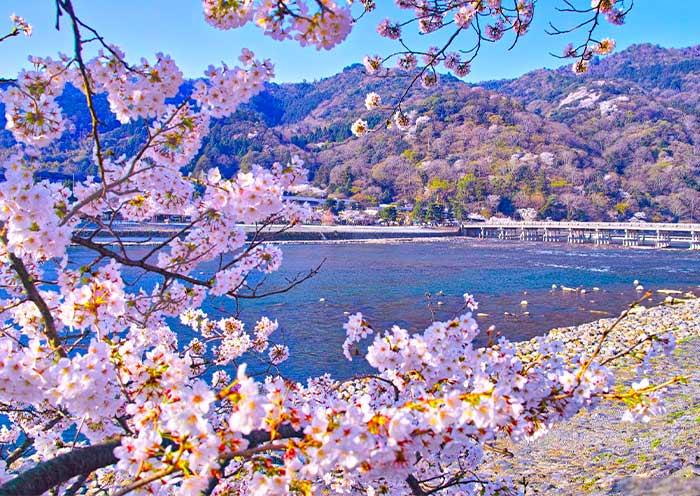

Day 1: Fushimi Inari Taisha and Kiyomizu-Dera
Kick off your Kyoto adventure at Fushimi Inari Taisha, famed for its mesmerizing pathway lined with thousands of vermilion torii gates. It's a magical place that offers unique photo opportunities and a glimpse into Shinto traditions. Later, head to Kiyomizu-Dera, where you can enjoy panoramic views of the city from its famous wooden stage. The temple's vibrant atmosphere and historic architecture make it a must-visit.
Day 2: Kinkaku-ji, Arashiyama, and Tenryu-ji
Start your second day with the golden splendor of Kinkaku-ji, the iconic Golden Pavilion that reflects beautifully on its surrounding pond. Next, explore Arashiyama, known for its scenic bamboo grove and quaint streets. End your day at Tenryu-ji, where you can wander through one of Kyoto's best Zen gardens.
Discover Kyoto & Japan with Your Local Guide - Asia Odyssey Travel
Explore Japan with Asia Odyssey Travel! We are a local travel company with an office in Tokyo. We are here to help you enjoy the best of Japan. We offer simple, fun, and real local tours.
Our Japan Tours at a Glance:
✅ Japan Tours: 60+ Best Tour Packages
✅ Japan Group Tours: 6+ great value trips, including cherry blossoms & classical routes.
✅ Kyoto Tours: Explore ancient temples, Gion's geishas, and serene bamboo groves.
Helpful Guides for Your Japan Trip:
Japan Travel Guide & Travel FAQs: All you need to know before you go.
Useful Advice: How to Plan · Best Time to Visit · Cherry Blossom · Things to Do · Beautiful Places · Temples · Food · Maps · Rainy Season
Contact us now and start planning your dream Japan tour.




